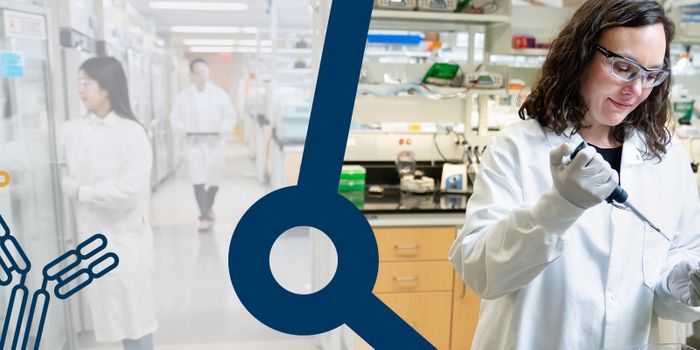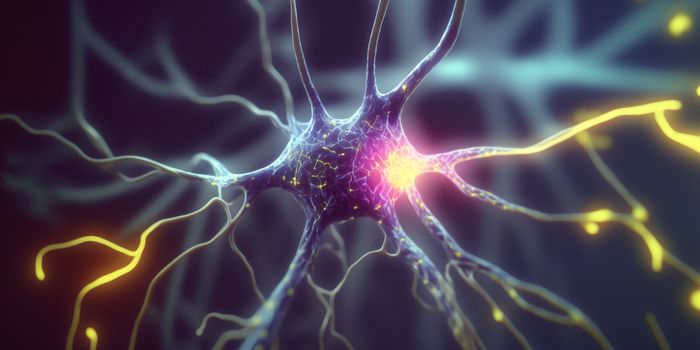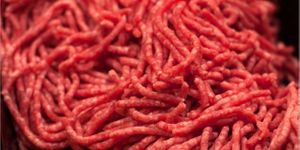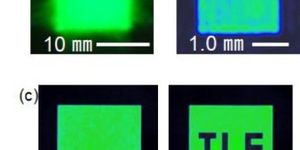Nanomachine Improves Drug Delivery for Cancer Therapeutics
Recent studies on mice has allowed researchers to find a way to deliver specific drugs to certain parts of the body that are exceptionally difficult to access. Specifically, they created a nanomachine called Y-shaped block catiomer (YBC) that can bind to certain therapeutic materials forming a package of 18 nanometers wide—small enough to pass through the tight barriers in cancers of the brain or pancreas. The studies could ultimately advance the fight against cancer.
Learn about nucleic acids:
Although there are other promising treatments for cancer, such as gene therapy, which involves the injection of a nucleic acid-based drug into the bloodstream -- typically small interfering RNA (siRNA) – the nucleic acid needs to be protected within a nanoparticle or it can degrade before reaching its target.
"siRNA can switch off specific gene expressions that may cause harm. They are the next generation of biopharmaceuticals that could treat various intractable diseases, including cancer," explained Associate Professor Kanjiro Miyata of the University of Tokyo, who jointly supervised the study. "However, siRNA is easily eliminated from the body by enzymatic degradation or excretion. Clearly a new delivery method was called for."
The Y-shaped block catiomer is two component molecules of polymeric materials connected in a Y-shape. It has several sites of positive charge that bind to negative charges in siRNA.
Laser scanning microscope images of blood vessels in a mouse following treatment. Credit: © 2019 Kanjiro Miyata
"We used polymers to fabricate a small and stable nanomachine for the delivery of siRNA drugs to cancer tissues with a tight access barrier," said Miyata. "The shape and length of component polymers is precisely adjusted to bind to specific siRNAs, so it is configurable. The most surprising thing about our creation is that the component polymers are so simple, yet uPIC is so stable. It has been a great but worthy challenge over many years to develop efficient delivery systems for nucleic acid drugs. It is early days, but I hope to see this research progress from mice to help treat people with hard-to-treat cancers one day."
Source: Science Daily









